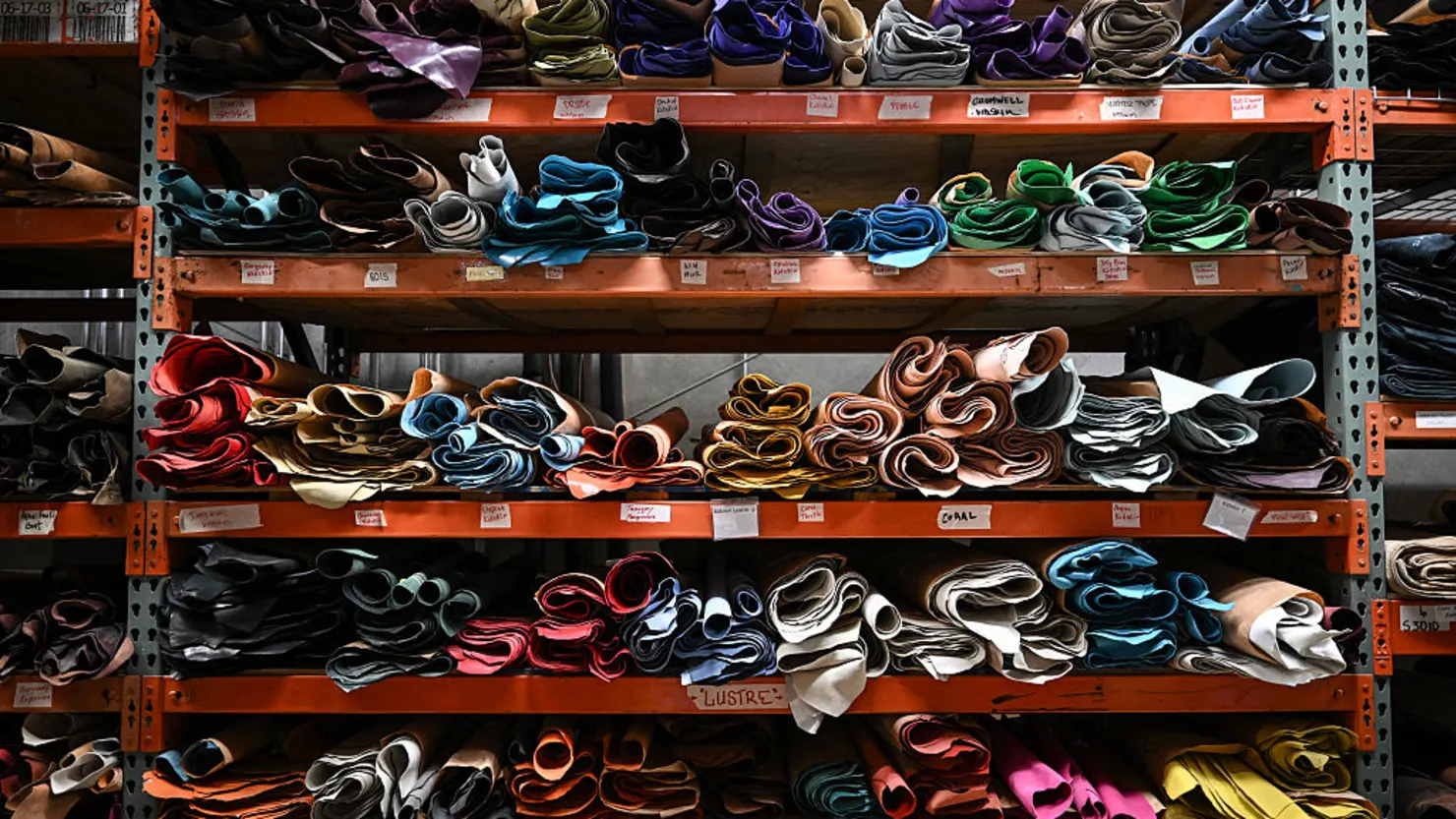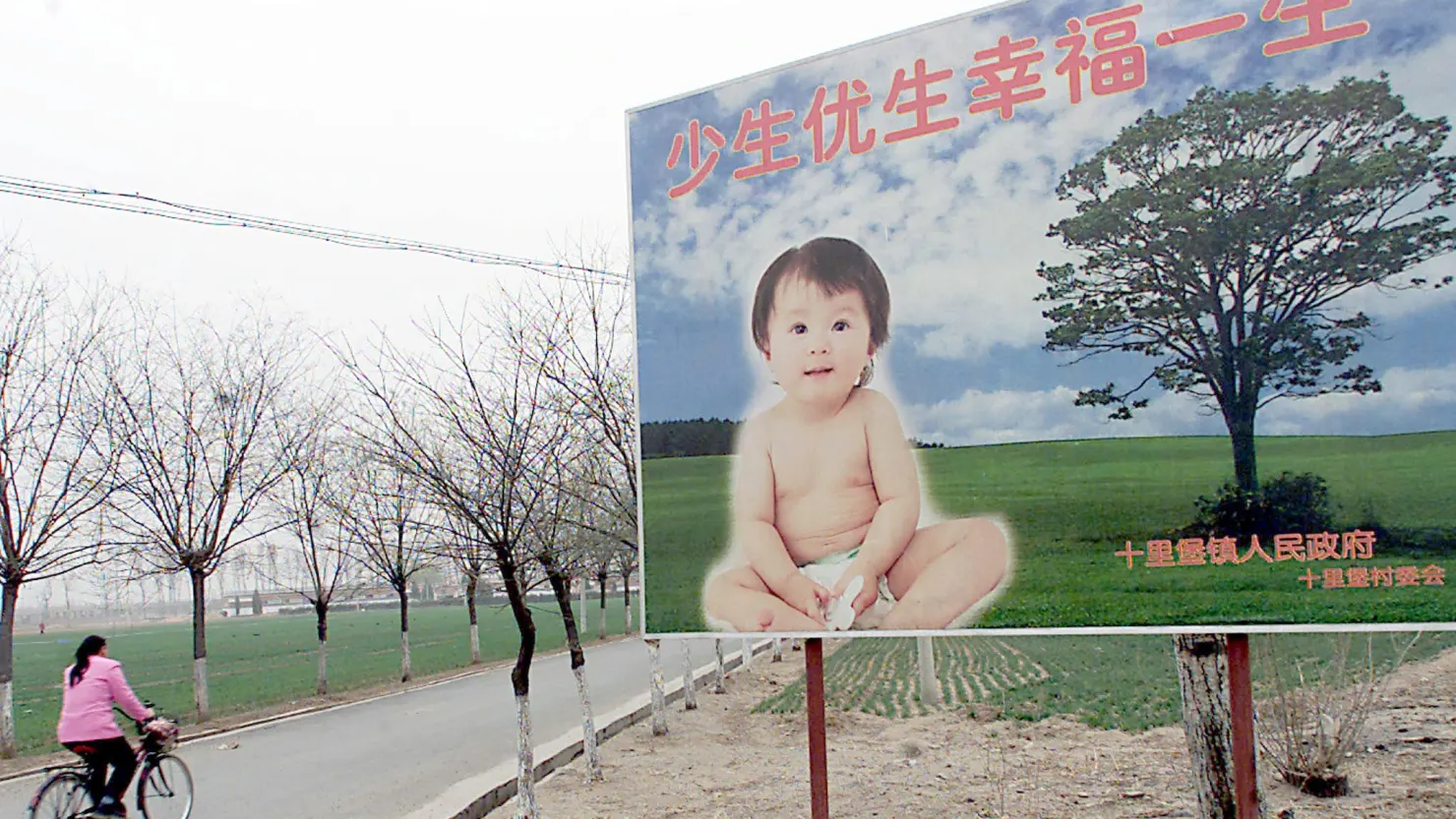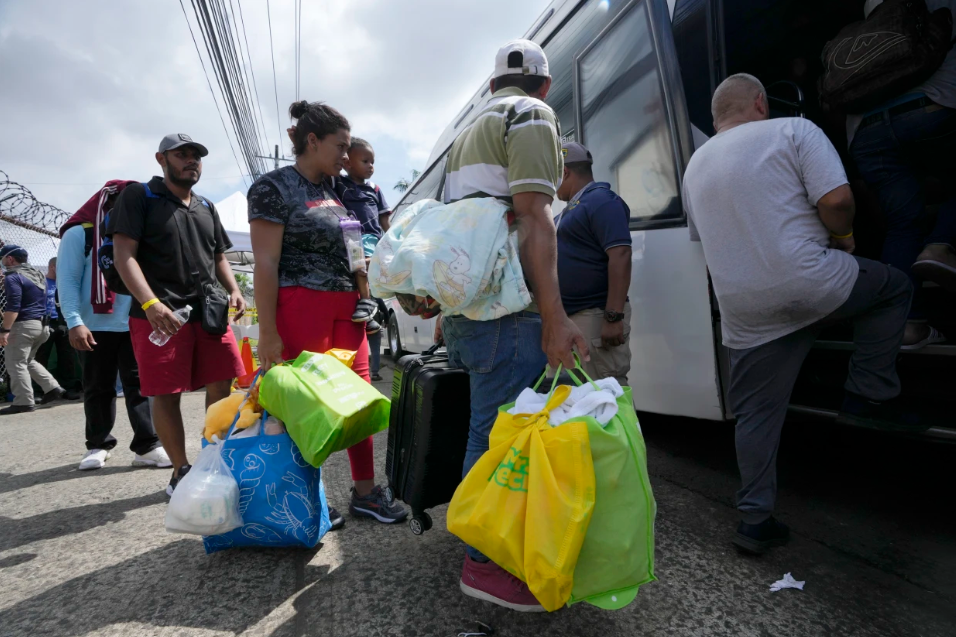The pharmaceutical industry is on high alert following President Donald Trump’s recent announcement of a forthcoming “major tariff” on prescription drug imports.
Though details remain unclear, the potential for steep tariffs—ranging from 50% to 200%, according to Trump—has raised concerns among drugmakers, healthcare experts, and economists who fear significant disruptions to supply chains, higher prices, and worsening drug shortages.
Trump, speaking at a Republican congressional event, argued that the US must regain its capacity to produce critical medicines, especially antibiotics.
“The United States can no longer produce enough antibiotics to treat our sick,” he said.
The President emphasized a desire to bring pharmaceutical manufacturing back onshore.
However, experts caution that onshoring is a long-term process that cannot match the immediate economic impact of sweeping tariffs.
“You don’t move manufacturing overnight,” said Justine Fassion, an international trade lawyer, who noted that building compliant facilities can take three to five years due to stringent permitting and regulatory requirements.
Industry analysts warn that tariffs could hit the generic drug sector hardest. Generics, which account for about 90% of prescriptions in the US, often rely on raw materials and active pharmaceutical ingredients (APIs) sourced from China and India. These manufacturers typically operate on thin profit margins, limiting their ability to absorb new costs.
“Our concern is less about prices going up and more about manufacturers exiting the market,” said Tom Kraus of the American Society of Health-System Pharmacists (ASHP). “That would exacerbate existing shortages.”
The US is already grappling with persistent shortages of critical medicines like antimicrobials and sterile injectables. Even minor supply chain disruptions have led to cascading effects in the past—such as when a hurricane-damaged plant in Puerto Rico triggered a nationwide shortage of IV fluids.
Meanwhile, manufacturers of branded drugs, which enjoy higher margins, are somewhat better positioned to absorb cost increases. Yet some executives warn that even they may be forced to cut back in other areas, such as research and development.
Eli Lilly CEO David Ricks recently told the BBC that the company may have to scale back investment in innovation if forced to absorb new tariff-related costs.
“We can’t breach [drug pricing] agreements,” he said. “So we have to eat the cost of the tariffs and make tradeoffs within our own companies.”
AstraZeneca Chairman Michel Demaré echoed that sentiment, warning that tariffs could ultimately harm patients and global health equity.
“Medicines should be exempted from tariffs,” he said.
Beyond individual companies, the broader pharmaceutical supply chain is bracing for potential ripple effects. According to data from ING and Medicines for Europe, Europe is a major supplier of pharmaceutical ingredients to the US—for nearly 700 APIs, it is the sole source. For branded drugs, tariffs on European imports could significantly raise costs for patients and insurers.
Trump has maintained a hardline stance on trade, with escalating tariffs on Chinese imports now reaching 145%. But the pharmaceutical tariffs are being positioned differently. Administration sources suggest they could be enacted alongside a national security investigation—potentially allowing a quicker path to implementation without the need for international negotiations.
Still, experts caution that tariffs may not achieve the intended effect.
“These tariffs might not be around forever,” said Jeremy Leonard of Oxford Economics. “Companies might simply ride out the storm rather than overhaul global production networks.”
Analysts also point out that financial incentives—not penalties—have historically been more effective in encouraging domestic production. Tax breaks, low-interest loans, and streamlined regulatory approvals are more likely to entice pharmaceutical companies to invest in US-based facilities, according to tax and trade consultants.
Major pharmaceutical companies have made recent investments in US production, including Eli Lilly’s $23 billion in domestic infrastructure and Novo Nordisk’s $4.1 billion expansion in North Carolina. However, such efforts are time-intensive and expensive—made even costlier by tariffs on construction materials like steel.
While the goal of pharmaceutical independence has wide appeal, many stakeholders argue that a measured, incentive-based approach is preferable to sudden and sweeping tariffs.
“The knock-on effect of tariffs will be to drive up costs even higher for American patients,” warned Adrian van den Hoven of Medicines for Europe.










The latest news in your social feeds
Subscribe to our social media platforms to stay tuned